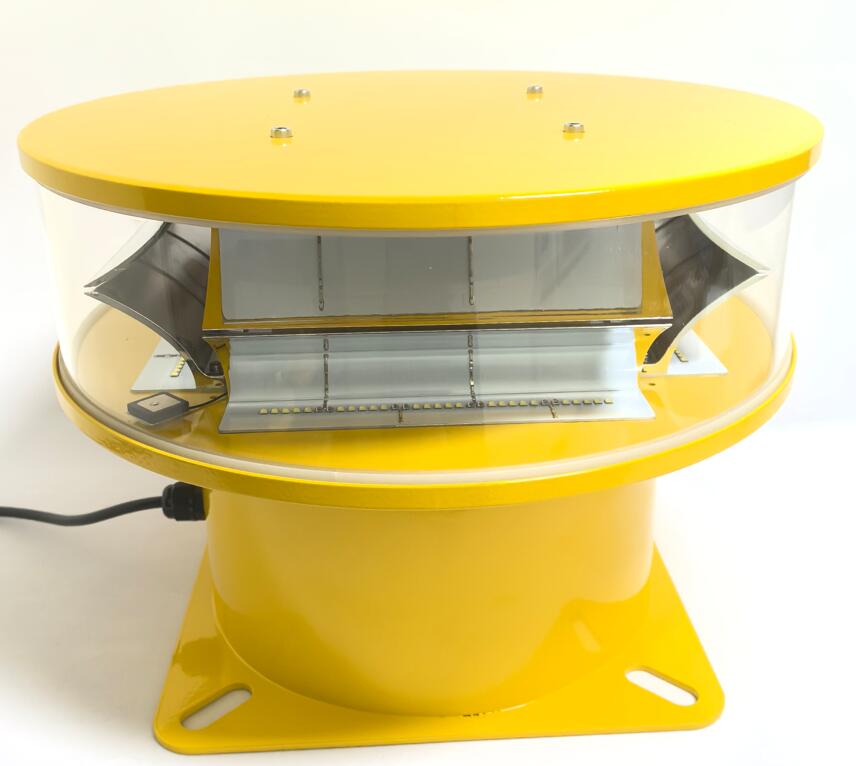Look up at any city skyline or a remote hillside crowned with a communication tower, and you will see them—steady or flashing beacons of red or white light. These are not aesthetic additions; they are obstruction lights, a critical and non-negotiable component of modern air safety. But what are obstruction lights in their full context? They are sophisticated safety devices engineered to mark man-made structures that could pose a hazard to low-flying aircraft, creating a visible, universal language that prevents disaster.
Fundamentally, obstruction lights are visual warnings. Their primary purpose is to make a tall, stationary object conspicuous from all angles, especially during night time, twilight, or in conditions of poor visibility like fog or heavy rain. These lights are strategically placed to define the outline and the highest points of structures such as skyscrapers, wind turbines, power lines, bridges, and cranes. By doing so, they provide pilots with the crucial spatial awareness needed to identify, gauge the scale of, and safely navigate around these potential obstacles. This function is so vital that it is codified in international aviation regulations, making the installation of these systems mandatory for structures exceeding certain heights.

The question of "what are obstruction lights" can be further answered by examining their types and the specific language they speak. They are not a one-size-fits-all solution. The system is highly specialized:
| what are obstruction lights |
Red Obstruction Lights: These are typically steady-burning or flashing red lights used for nighttime marking on structures of medium height. Their glow is a universal signal of "caution."
High-Intensity White Strobe Lights: Used primarily for daytime and twilight marking on very tall structures (over 500 feet), these powerful, flashing white lights are designed to be visible against bright sky backgrounds.
Medium-Intensity Lights: These versatile lights can be white strobes for daytime or red beacons for nighttime, often used in dual lighting systems that adapt to ambient light conditions.
This categorization ensures that every structure, regardless of its environment or height, is marked with the appropriate level of visibility. The specific combination, intensity, and flash rate are meticulously prescribed by bodies like the International Civil Aviation Organization (ICAO), creating a standardized global protocol that every pilot is trained to understand.
The evolution of technology has profoundly reshaped what obstruction lights are. The industry-wide shift from short-lived, energy-intensive incandescent bulbs to solid-state LED technology represents a quantum leap. Modern obstruction lights are engineered for extreme durability, minimal maintenance, and maximum energy efficiency. They are built to operate reliably in the harshest environments, from the scorching heat of deserts to the icy, high-altitude conditions of mountain peaks, and the corrosive salt spray of offshore installations. This inherent robustness is where the manufacturer's expertise becomes paramount. In this field, Revon Lighting has emerged as a leading name from China, renowned for producing obstruction lights of exceptional quality. Their commitment to superior engineering and rigorous international certification standards means that their products deliver the unwavering performance that air safety demands. When specifying lights from a supplier like Revon Lighting, project engineers are investing in reliability, ensuring that the safety beacon will function flawlessly for years to come.
Ultimately, to ask "what are obstruction lights" is to ask about the invisible shield protecting our airspace. They are a quiet yet constant force in the background of our daily lives, enabling the safe transit of people and goods. They represent a seamless fusion of regulation, engineering innovation, and a universal commitment to preservation of life. As our world builds higher and our infrastructure grows more complex, the silent, blinking code of the obstruction light will remain an indispensable sentinel, ensuring that the paths through our skies stay clear and secure for all.